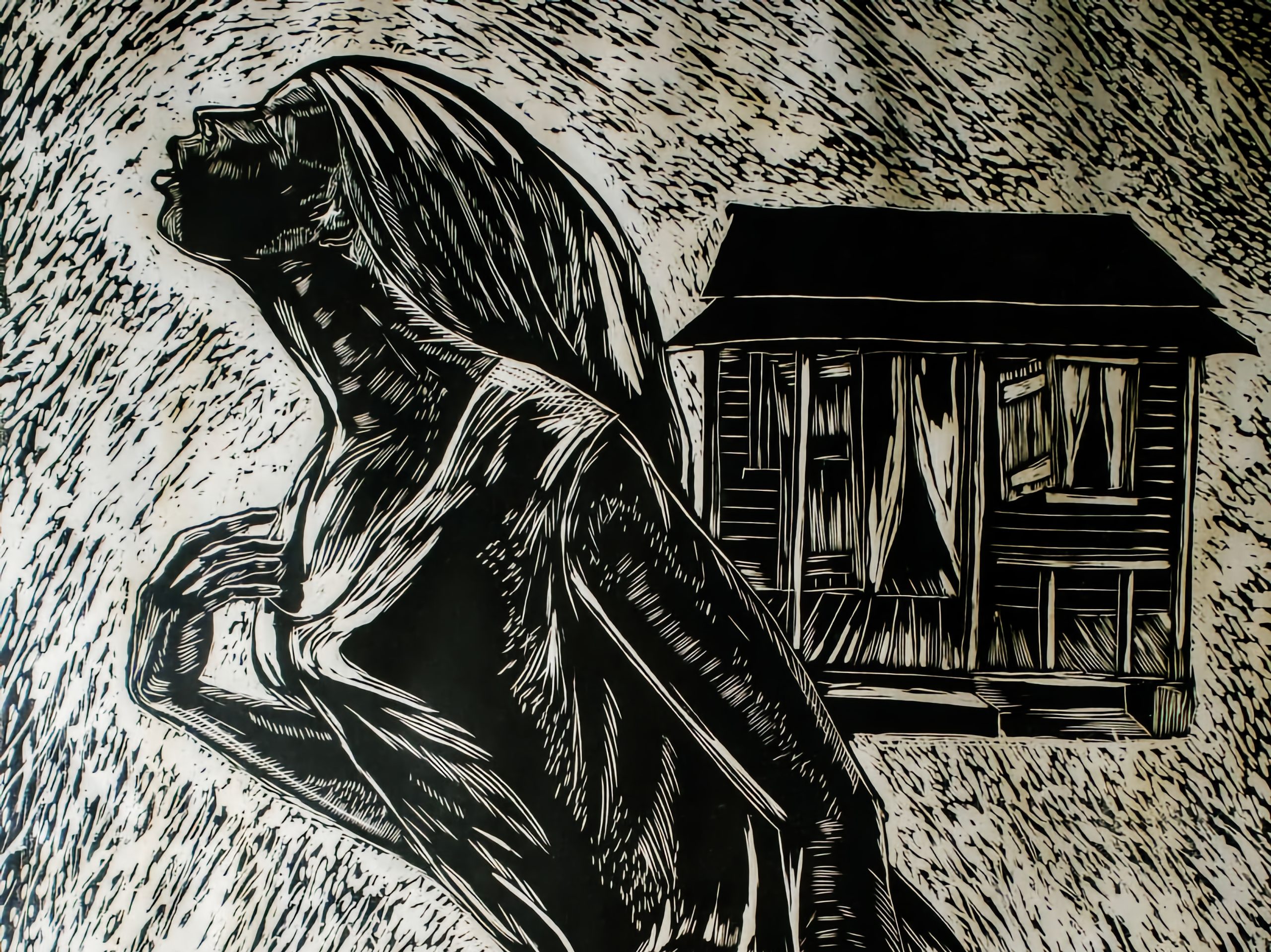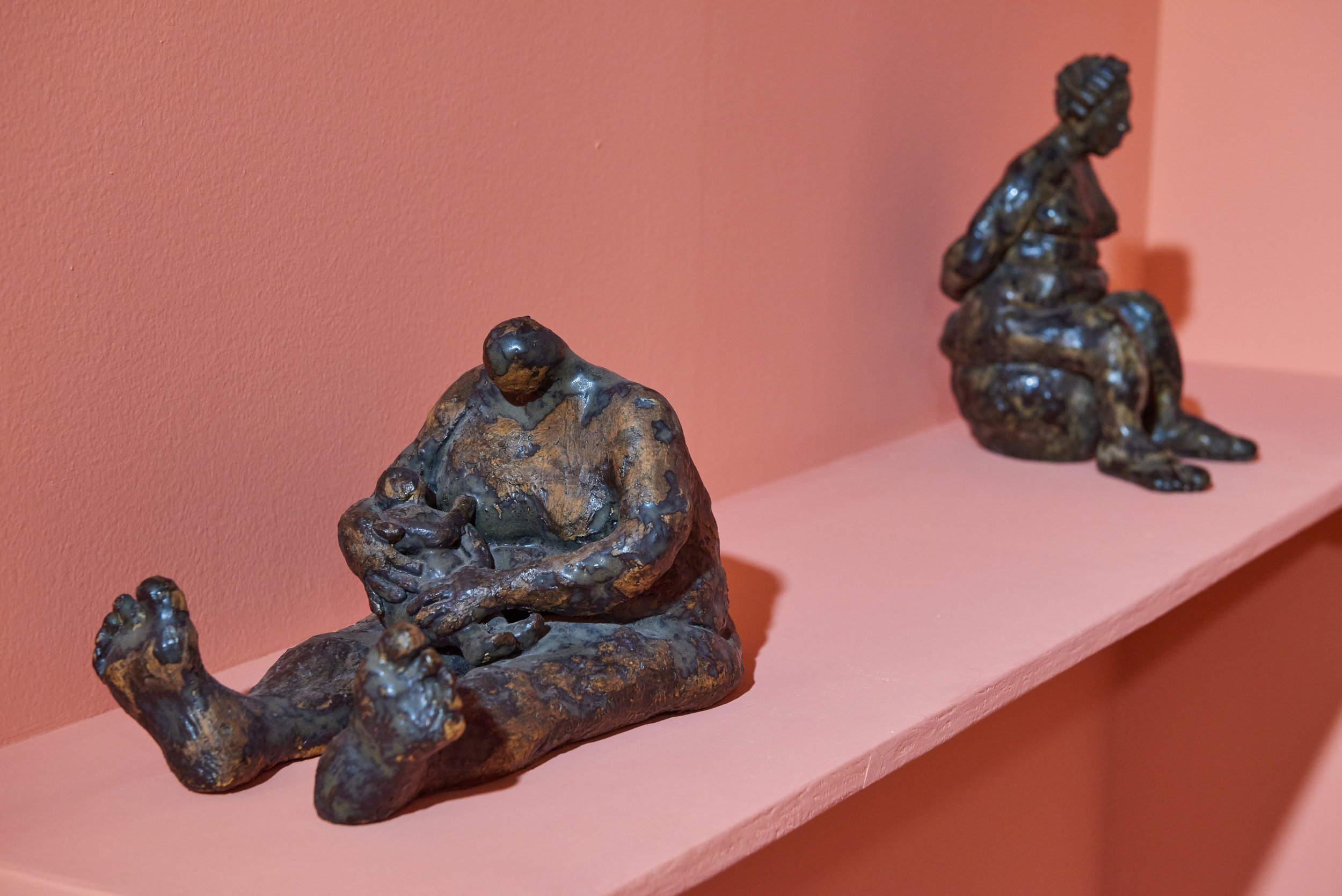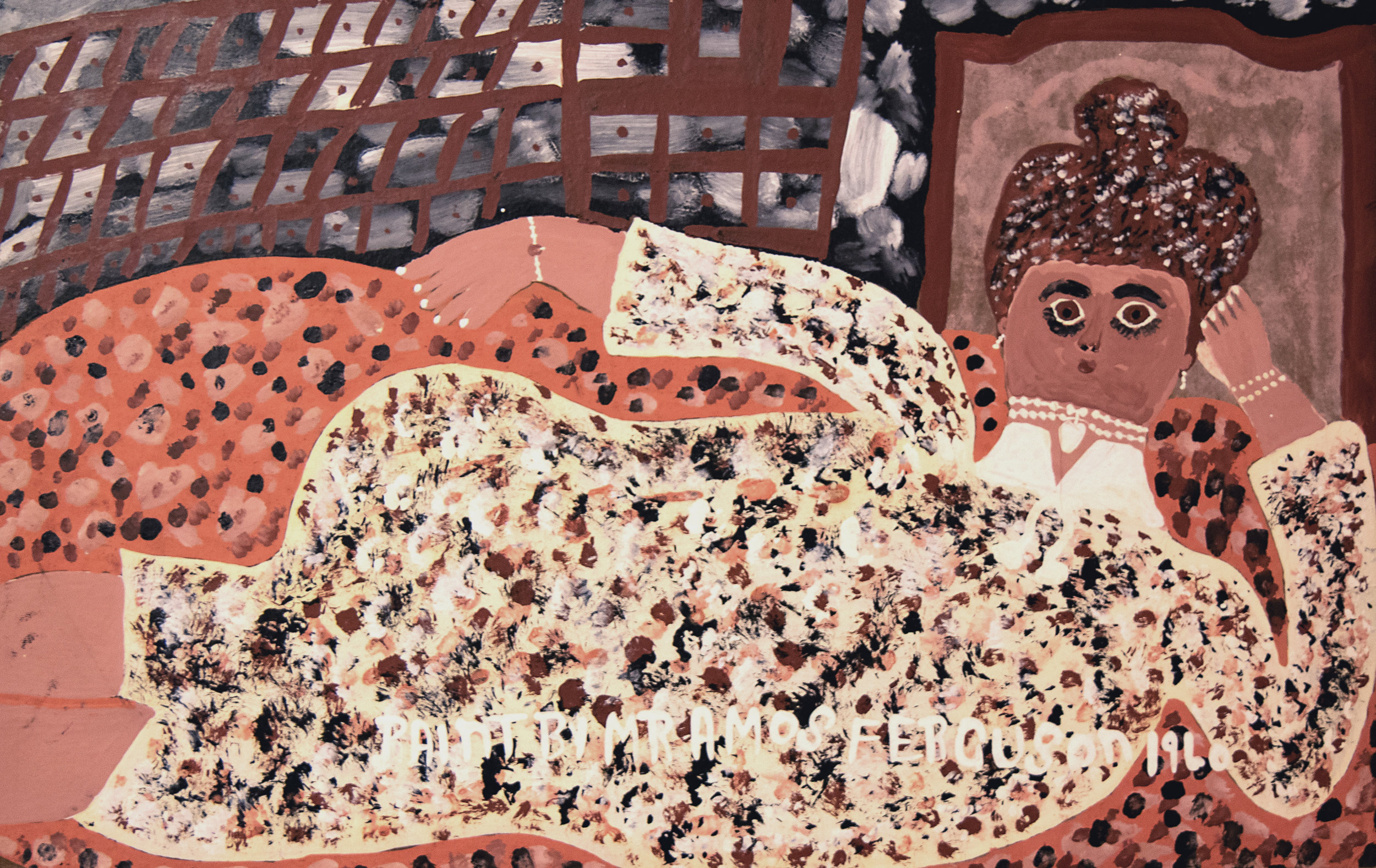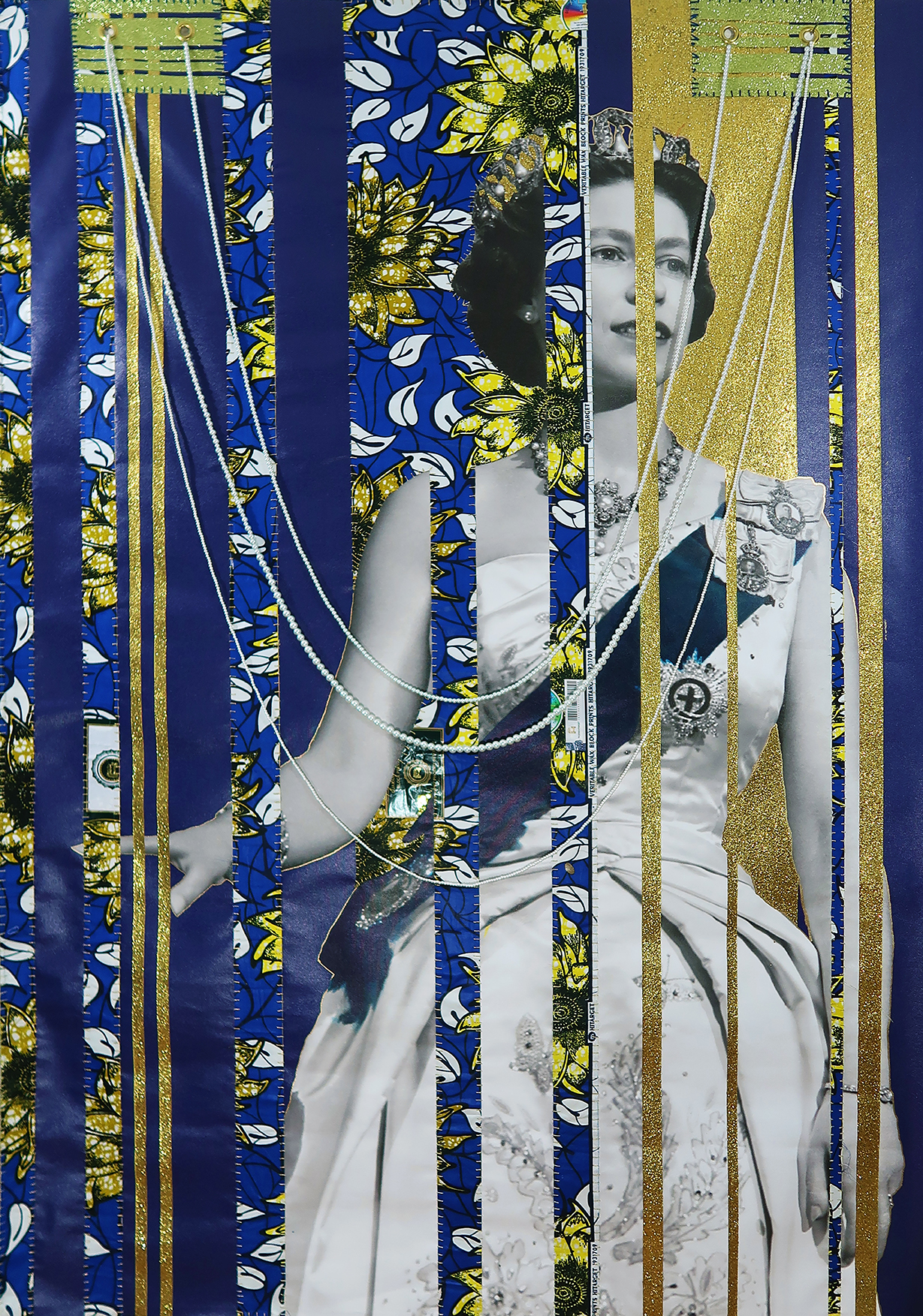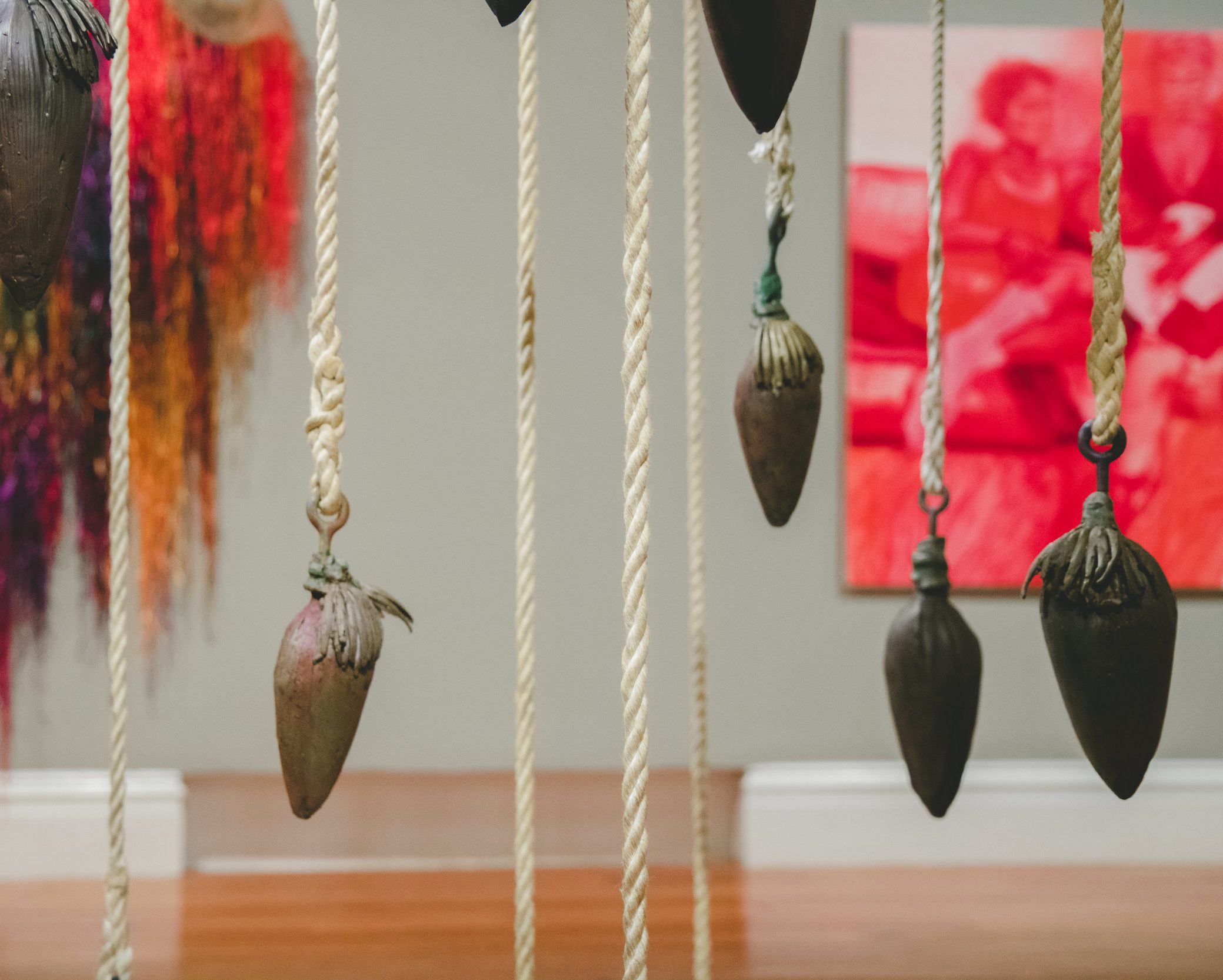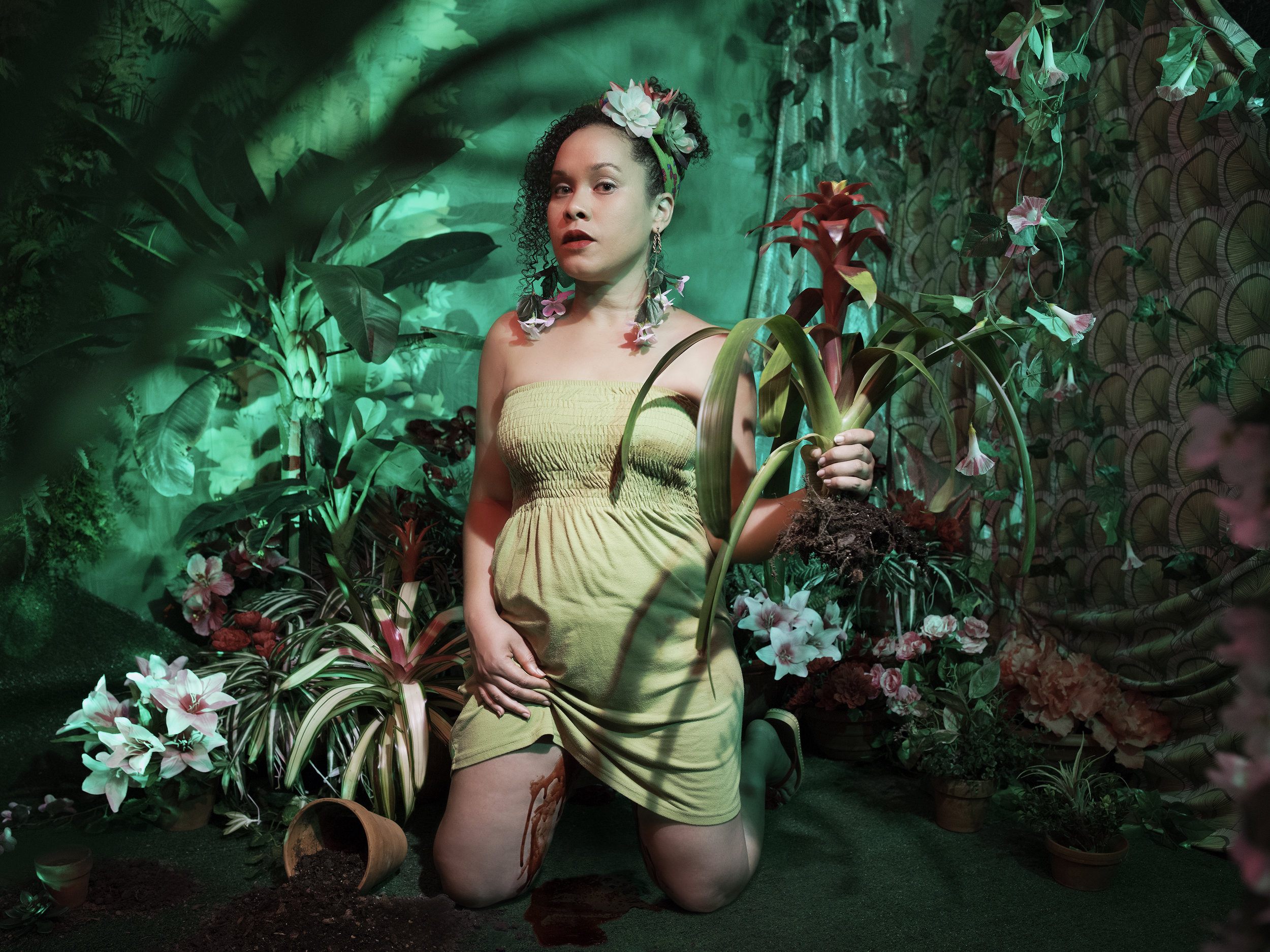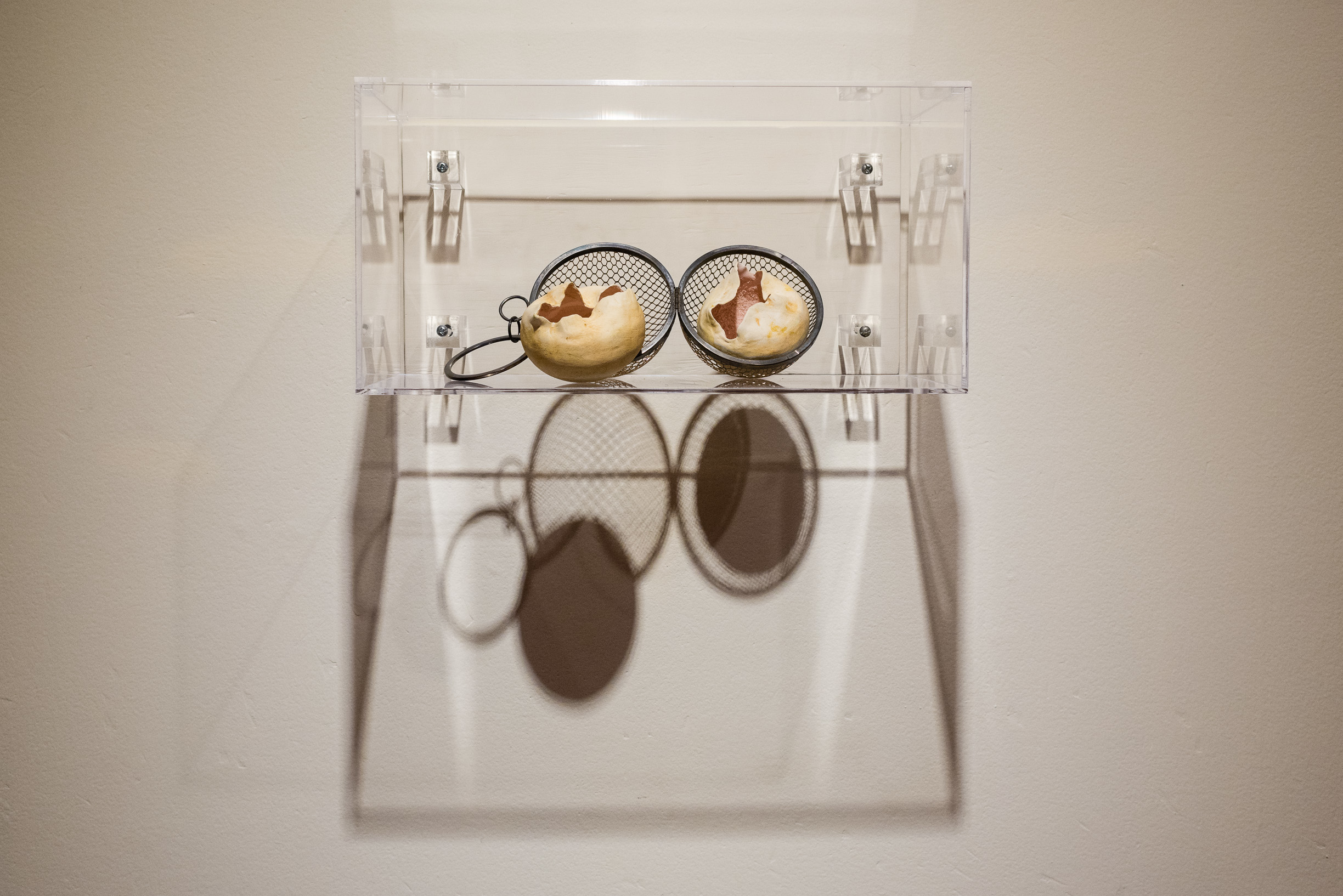By Kelly Fowler, Guest Writer. Maxwell Taylor honours Black Bahamian mothers. As with many things, the concept of motherhood does not always translate neatly or equally cross-culturally. While it is not unusual for a society to have defined gender roles and to encounter expectations based on them, women of marginalised groups tend to face harsher criticism of their lifestyles for not meeting the concept of womanhood or motherhood that is associated with the “ideal.” Naturally, this would lead to feelings of inadequacy and questions of being good or good enough. Bahamian master artist, Maxwell Taylor, delves into this subject matter in much of his work, but his black and white woodcut print on paper entitled Ain’t I A Good Mother?, 2003 is one that addresses Black motherhood specifically.
All posts tagged: womanhood
The Black Woman Body Paradox
Stories The Black Woman Body Paradox Natalie Willis · 10 April 2019 There are certain things that should unsettle us,
Sitting Pretty Political: Amos Ferguson and the Reclining Women of Art History
By Natalie Willis One of the key poses for women in classical painting is the reclining nude. It’s become such a huge part of the canon of European historical paintings, no doubt in part to the patriarchal obsession with the naked female form. Nonetheless, it’s been rich territory for many an earth-shattering painting in art history: Titian’s “Venus of Urbino” (1532-34), Jean Auguste Dominique Ingres’ “Grande Odalisque” (1814), and Manet’s infamous “Olympia” (1865), all of which changed the art world’s reading of the pose each time. It should come to us as no surprise then that Amos Ferguson, our beloved (and often misunderstood) intuitive painter from Exuma, might want to make his own mark in such territory, though perhaps more conservatively given his very religious background.
The Beauty and Charm of Colonialism: April Bey’s “Power Girl” Series
Strange Fruit: Kendra Frorup’s Poignant Banana Plumes
By Natalie Willis
Though artist and educator Kendra Frorup may be using the imagery of the banana flower in her work in “NE9: The Fruit and the Seed”, this is anything but a literal interpretation of this year’s theme. Frorup cleverly takes the image of the banana plant – whose fruit is rife with symbolism in the Caribbean and the world over – but takes on its less represented anatomy, the flower, and gives this to the audience for consideration. The plant that has become iconic in the region with slavery and plantations, as well as the more base and salacious hypersexualised iconography emerging from the difficult tropes the slavery era brought forth that we are still forced to contend with today.
Field Notes on Planting Seeds in Uprooted Gardens
A Body Of My Own: Anina Major reclaims the body
“To Have and Not To Own”: An Interview with Anina Major (Part II) on bodies and history
By Natalie Willis
Continuing on last week’s interview, the discussion builds on the rest of the body of work that Anina Major is producing for “We Suffer To Remain”, an exhibition featuring “The Slave’s Lament” (2015) by Scottish artist Graham Fagen alongside three Bahamian artists, Sonia Farmer and John Beadle included. Major’s work and much of the exhibition deals with the legacies of slavery as embodied by us as post-colonial subjects. This week she speaks to that embodiment, to pain, and to what it means to inhabit a Black feminine body in relation to the ideas brought up by this exhibition as well as recent events in the country.
From the Collection: Lynn Parotti’s “The Blastocyst’s Ball: A Journey Through the Drug Induced stages of IVF”
By Natascha Vazques. Lynn Parotti is a Bahamian artist exploring themes of natural and biological landscape, those surrounding us and within us. In “The Blastocyst’s Ball,” Parotti displays a triptych of non-objective form and colour, alluding to something that may exist within biology or perhaps, more specifically, in our bodies. Each piece shows a unique arrangement but commonly shared hues and rigid texture created through repetition generate a strong sense of unity between them.
The Mark of a Woman: Portraits of black womanhood in the work of Gabrielle Banks.
By Natalie Willis. Reclining nudes, women posed ‘just so,’ we’re all quite accustomed to this kind of figuration and portraiture in the art world. Even those of us who are just dipping our toes into the wonders of the art world associate art with this kind of imagery. Art students at universities the world over can be found squinting in deepest concentration, poring over their depictions of a nude model before them – often a woman – and trying to figure out form, perspective, how to capture the ‘essence’ of this stranger they’ve met. It’s part of the canon, in many ways.
